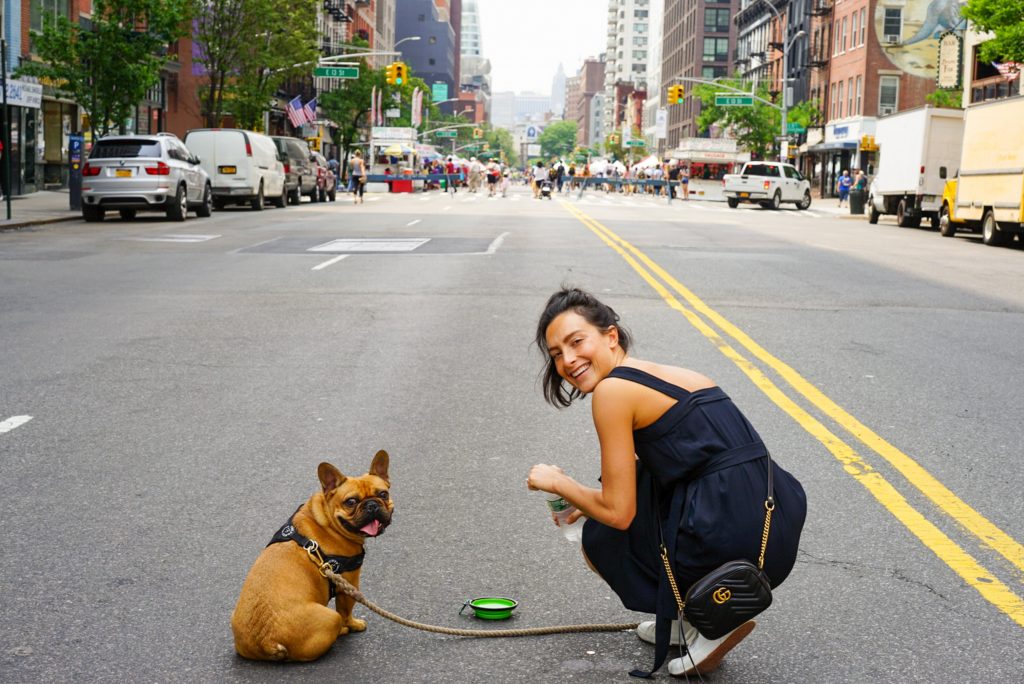
Posts by:
Dr. Phil Zeltzman, DVM, DACVS, CVJ
Dog Diseases & Conditions A-Z
Nikki Schneck, a veterinary technician near Pottsville, PA, contributed to this article.
It’s hard to think of a stranger condition than a rectal prolapse. What happens is that the rectum, which is the last part of the large intestine, suddenly sticks out through the anus of a dog (or rarely a cat).
Early on, the rectum looks healthy and pink. As time goes by, and circulation becomes compromised, the color turns to shades of purple and black.
Diagnosing rectal prolapse in dogs
Dogs with a rectal prolapse should be examined as soon as possible at your family vet or the closest emergency clinic. It is critical to find and treat the cause of the prolapse to manage it appropriately, so various tests will need to be performed.
Causes of rectal prolapse in dogs
Your vet will surely recommend a fecal exam on a poop sample to determine if your dog has parasites, as parasites are the most common reason for the condition.
Other possible causes include:
- Diarrhea
- Straining to defecate (foreign body, constipation)
- Irritation of the small or large intestine
- An enlarged prostate
- Bladder problems including stones
- Rectal or anal tumors
- Abnormal labor and abnormalities of the rectum
To figure out the cause of the problem, tests that may be needed include:
- Blood work
- Abdomen X-rays or ultrasound
- A manual rectal exam or colonoscopy
Treating rectal prolapse in dogs
Once the cause has been identified, it will need to be treated appropriately, which could be as simple as using an anti-parasite drug. Even if it is simple, the displaced rectum still needs to be put back in place. This requires surgery.
There are three surgical options, based what the particular patient requires.
- The simplest procedure requires pushing the rectum back into position, and placing a “purse string” suture around the anus to keep the rectum where it belongs. Since this is a quick, fairly easy, not very invasive surgery, with few risks of complication, vets often choose it first. Unfortunately, this is the surgery that is the most likely to fail, so it can be quite frustrating. If the rectal prolapse occurs again, another purse string can be attempted, or we move on to one of two more invasive options.
- If the rectum is still healthy, a colopexy may be required. This is a more invasive surgery done by opening up the abdomen. The colon is tacked to the inside wall of the abdomen to prevent the rectum from slipping out again.
- In cases where the rectum has been significantly damaged, the part of the rectum that came out needs to be sacrificed. This is probably the most technically demanding surgery of the three.
Some family vets may be comfortable performing these surgeries, while others may refer you to a board-certified surgeon.
Outcome of rectal prolapse in dogs
Ultimately, a successful outcome depends on finding out the cause of the prolapse and choosing the proper treatment. Despite some possible frustrations along the way, it should be a fixable condition.





